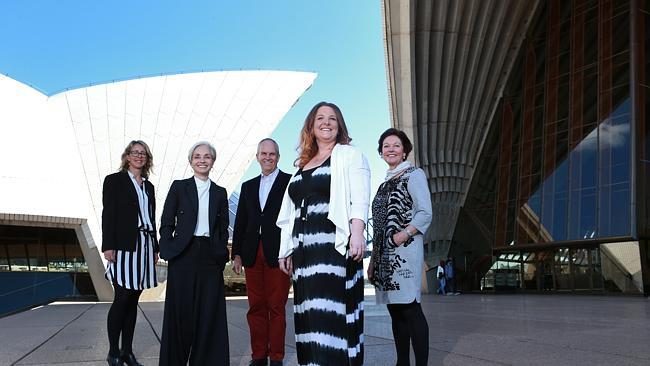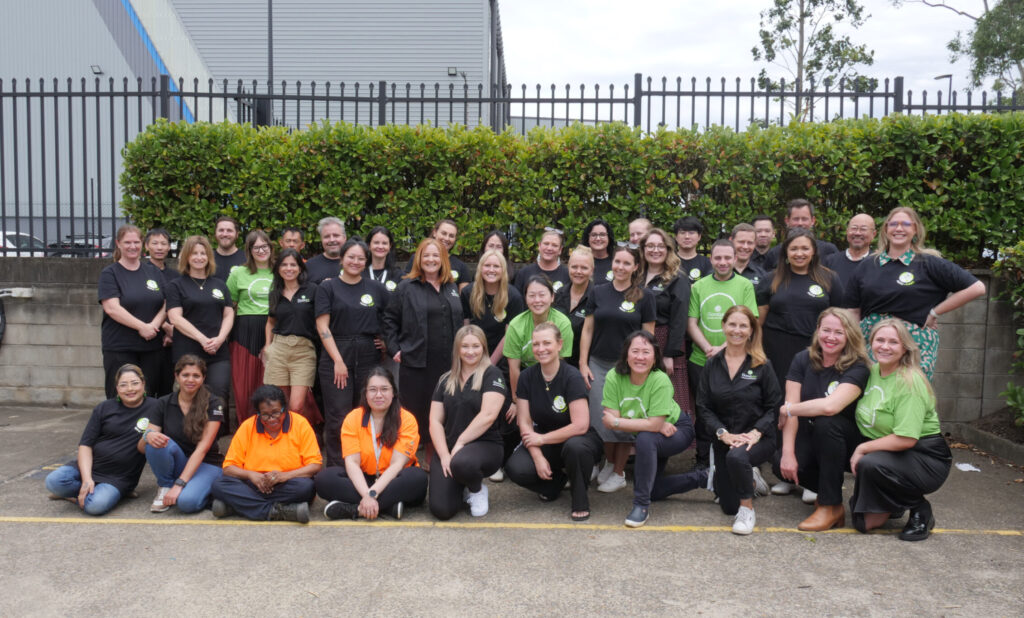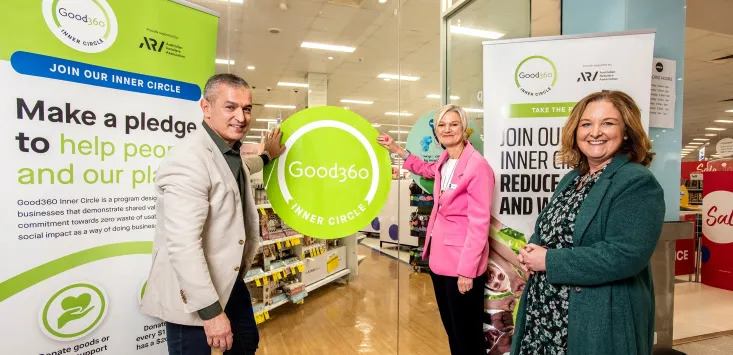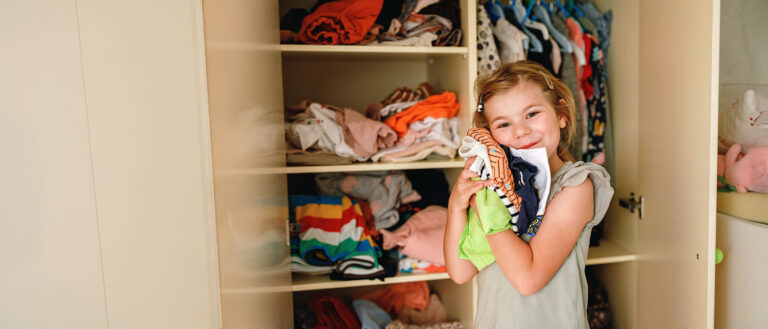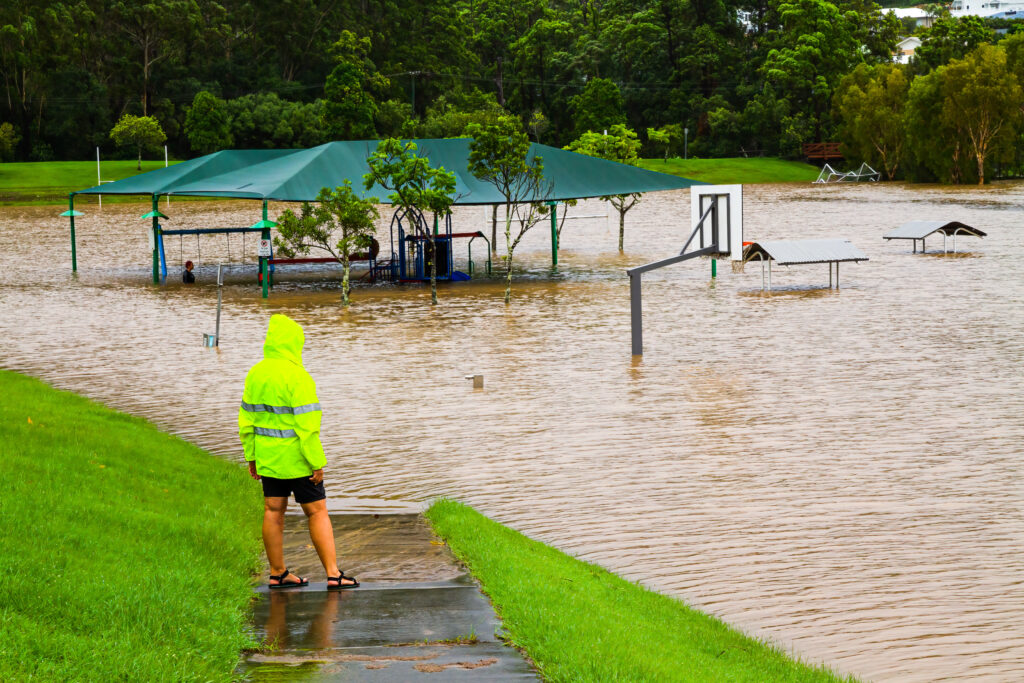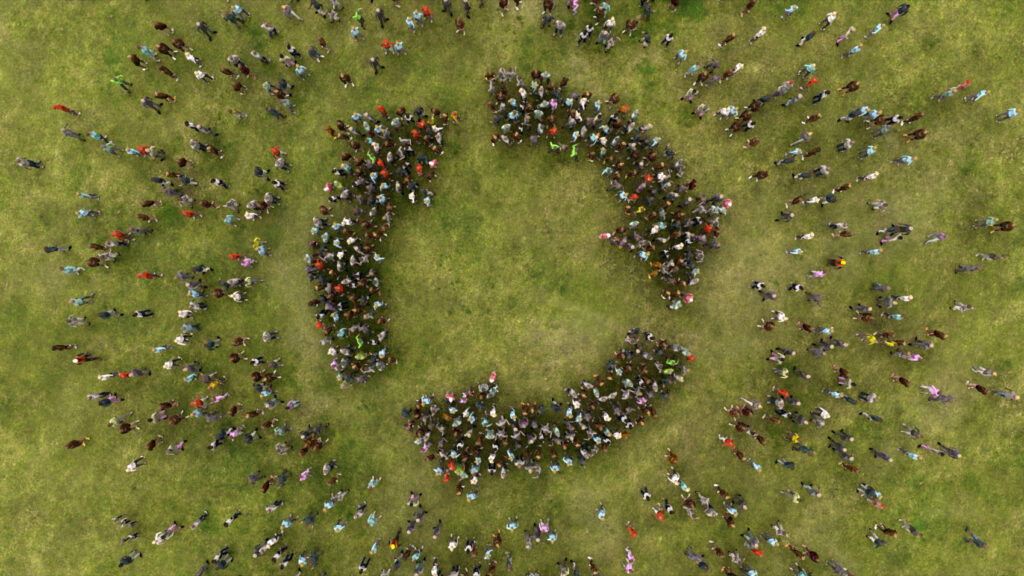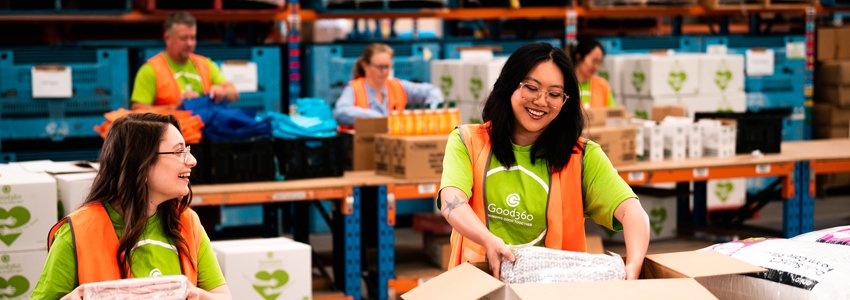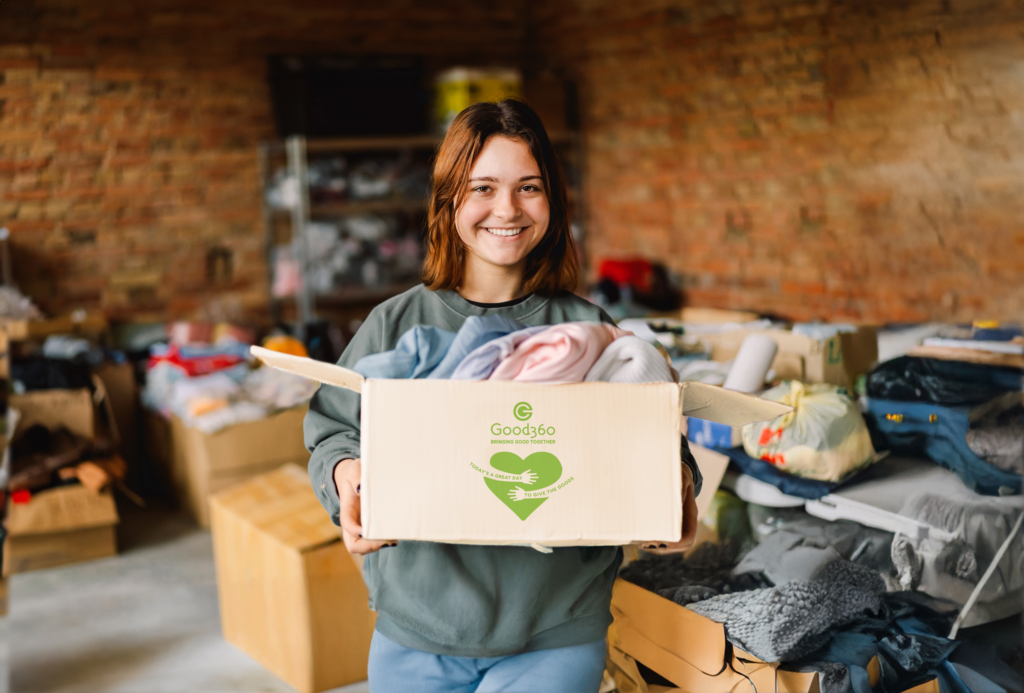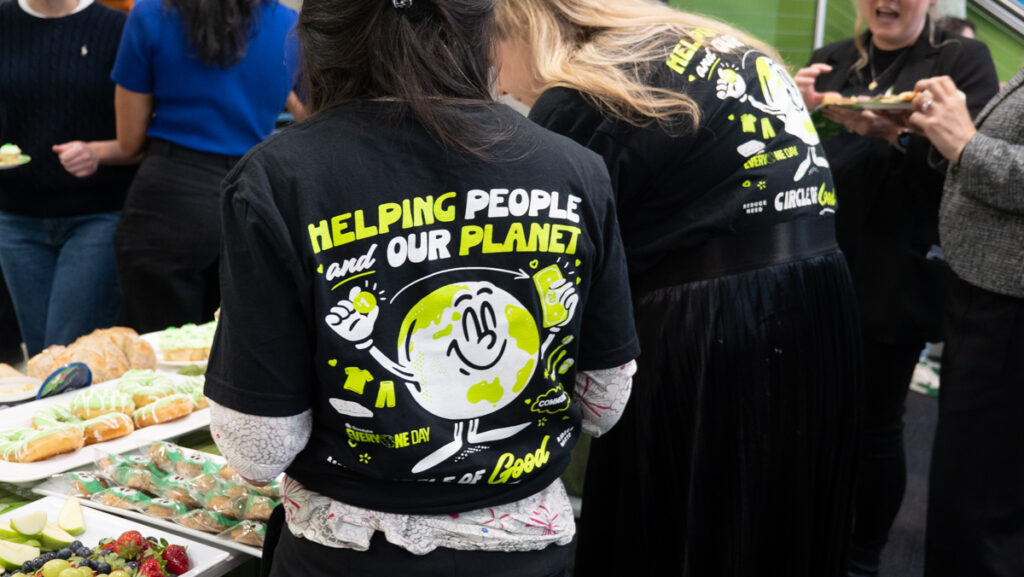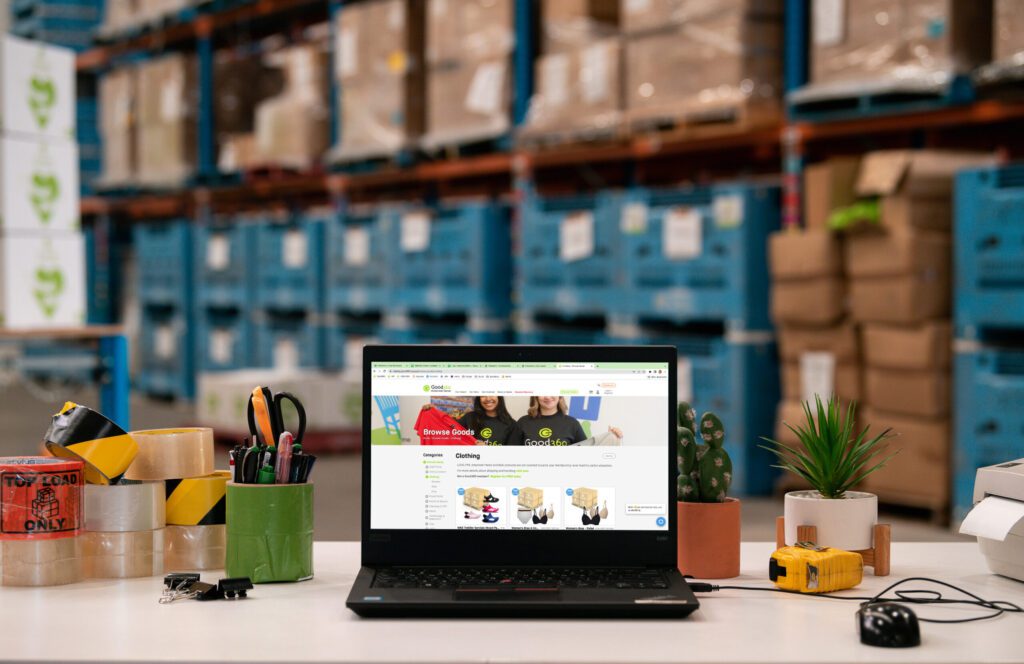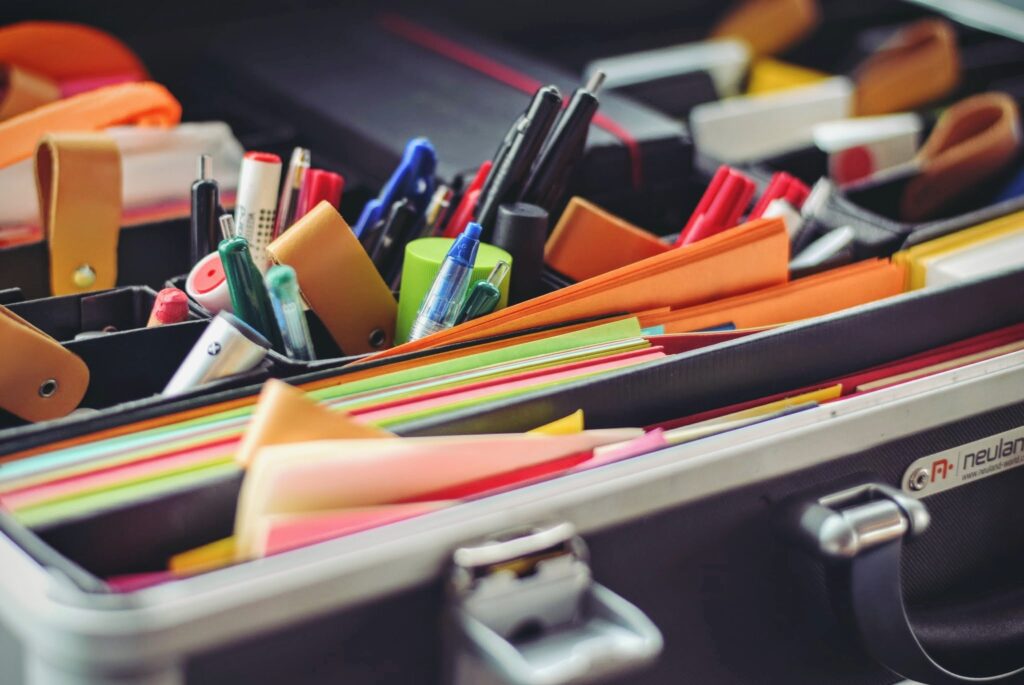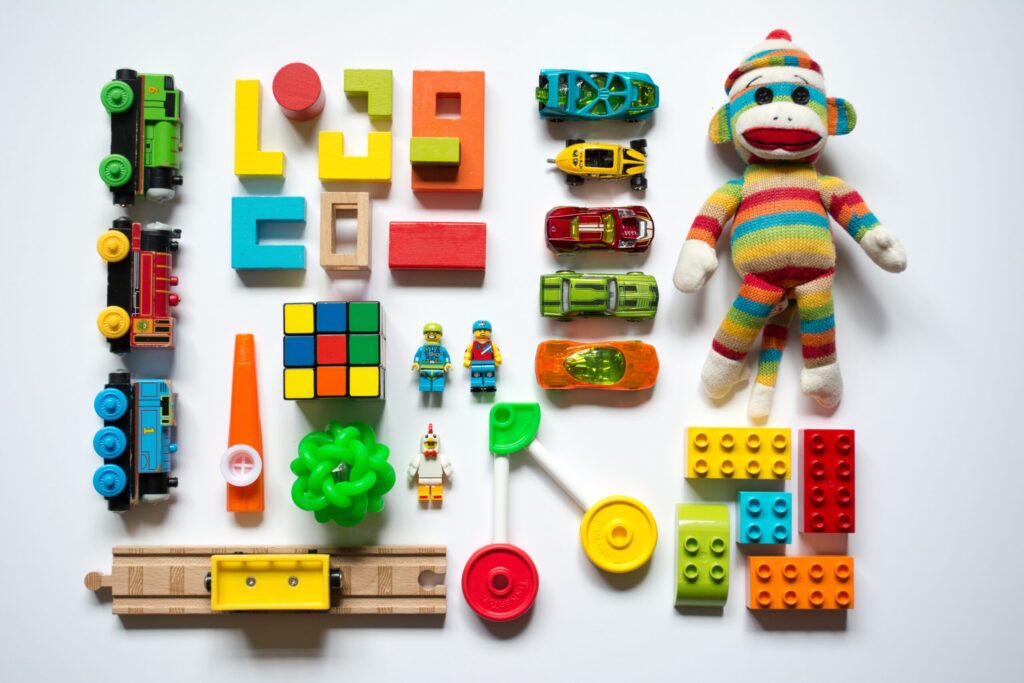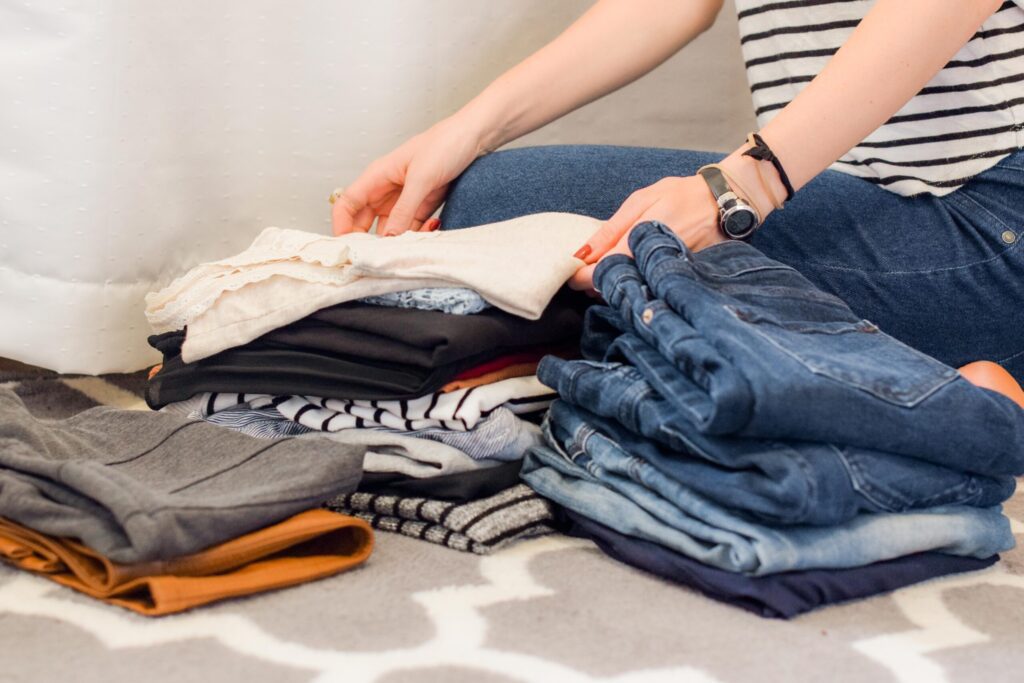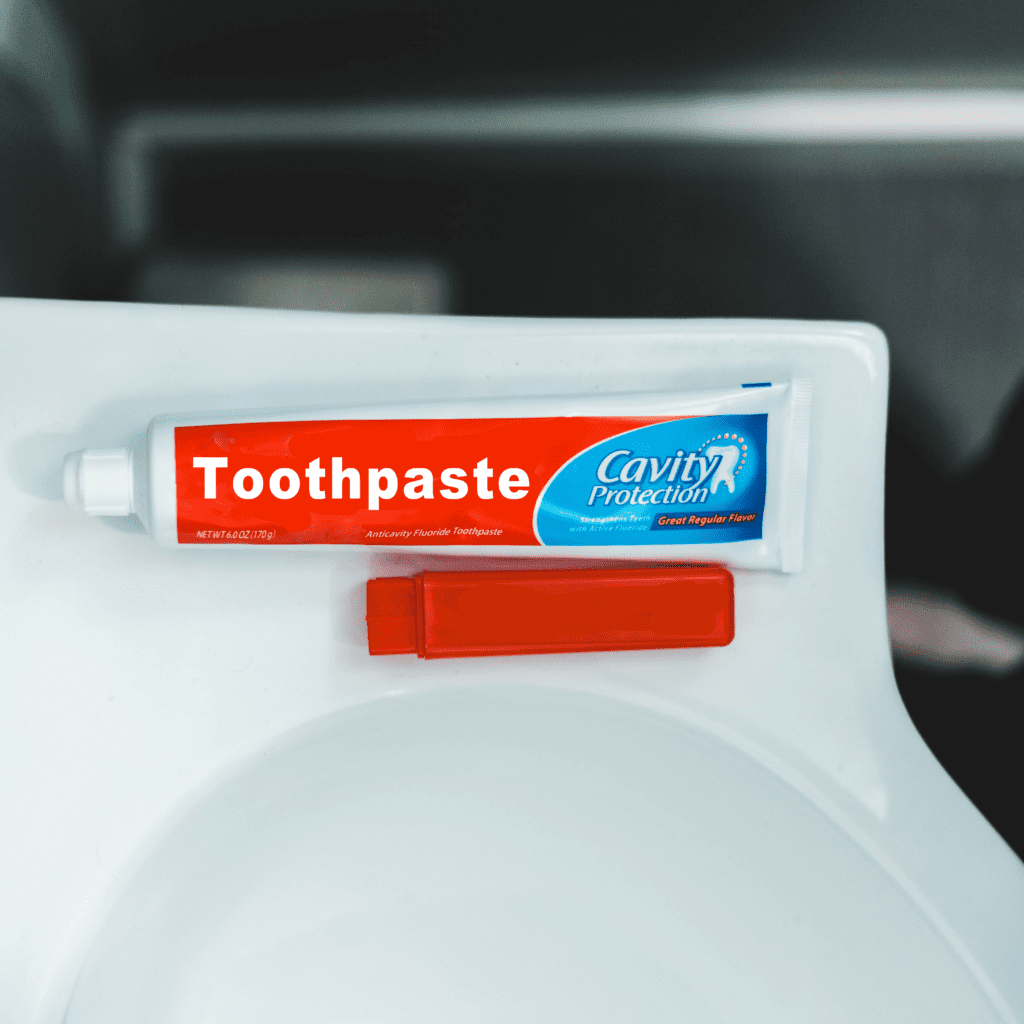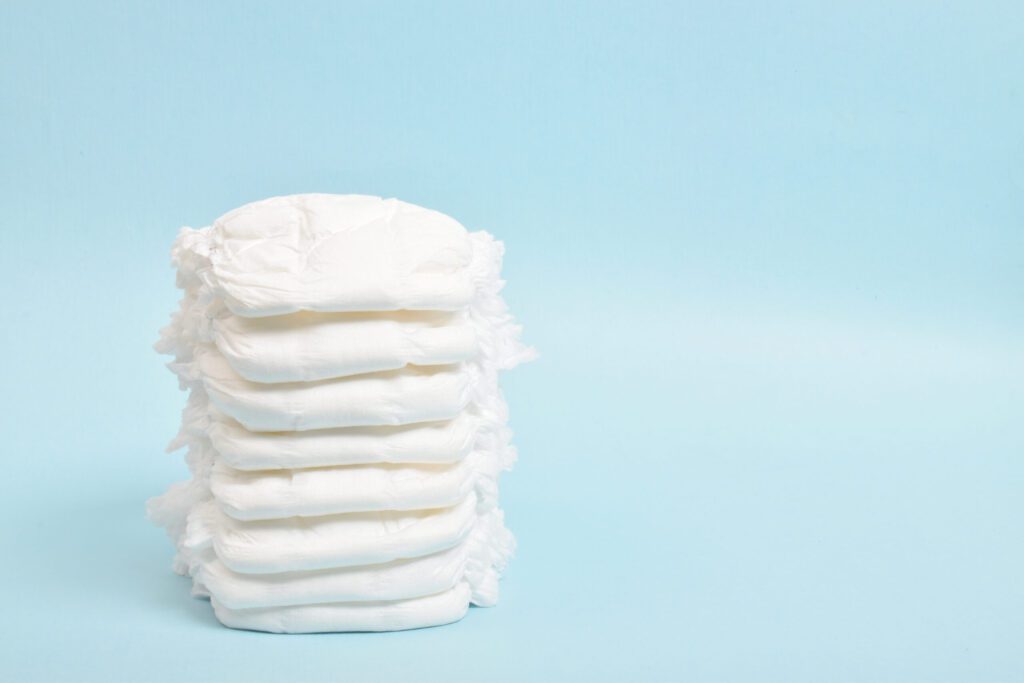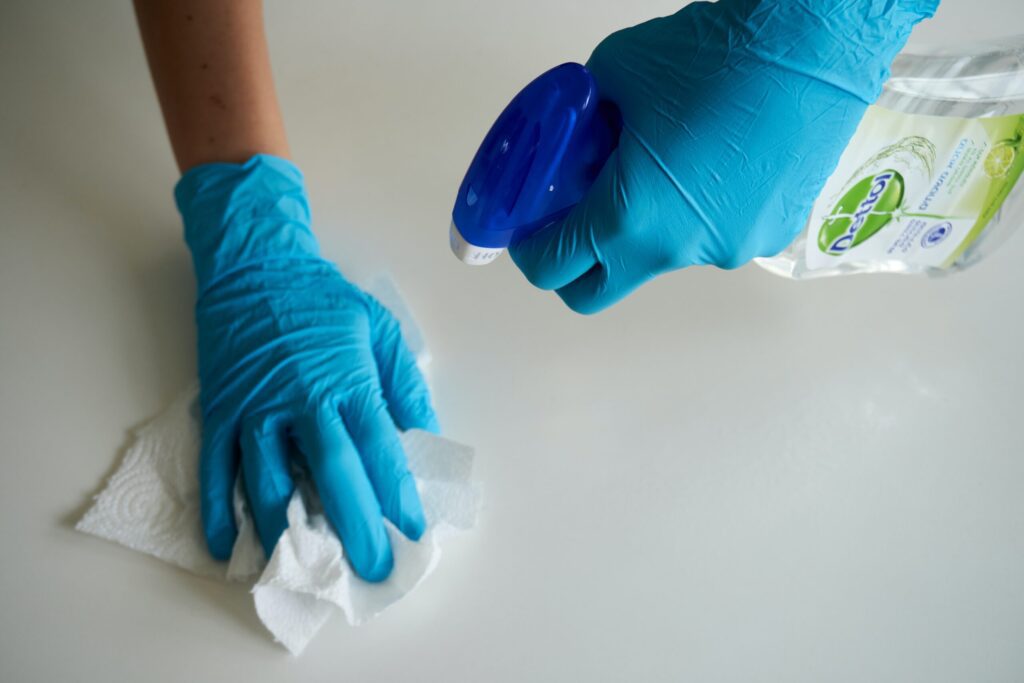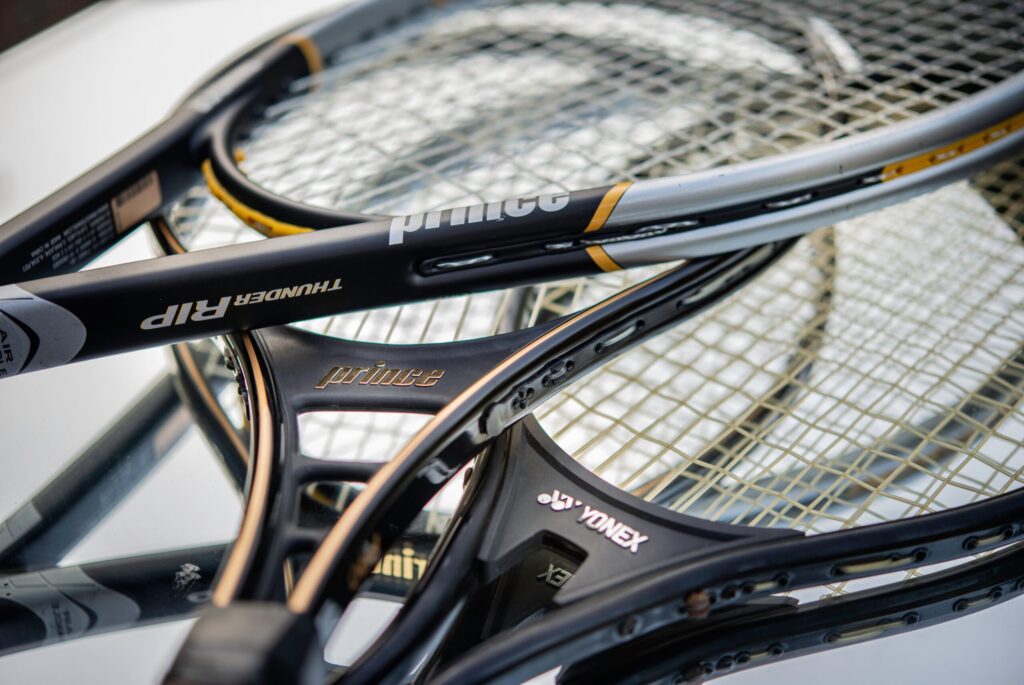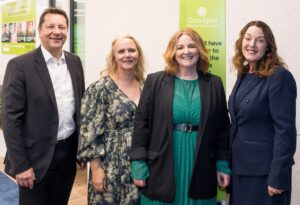Written by: Hayley Moffiet
With Australia accelerating efforts towards circularity by 2030, it is critical that all sectors of the economy and society are working together collaboratively and cooperatively to address the increasing resource constraints, inequities in resource allocation and growing waste and surplus challenges. This requires consumers, businesses, governments, and the charitable sector to all play their part in creating a more sustainable and equitable future for all, recognising we are all part of a collective dynamic ecosystem that is co-creating our future together.
Recently, Good360 Australia collaborated with the Institute for Sustainable Futures UTS and Product Stewardship Centre of Excellence for their newest case study, detailing how Good360 supports product stewardship for social good and contributes to Australia’s circular economy.
As the case study highlights Good360’s approach “demonstrates how a well-designed system of donations and gifting can deliver noteworthy social impact to people most in need, while avoiding unnecessary or premature disposal of otherwise perfectly functional products, an aspect often overlooked by policymakers when considering the purpose, value and role of product stewardship.”
This demonstrates how Good360 Australia is playing a leading role in the transition towards a circular economy, providing product stewardship solutions for businesses to keep items in use at their highest value while distributing surplus to where it’s needed most. Alongside waste reduction efforts, Good360 is working toward specific social objectives including supporting communities recovering from disasters, providing ongoing material aid to low income and vulnerable communities, mental health and educational programs, and helping to close the growing digital divide.
The insights in this case study further build on the research Deloitte Access Economics released last year, which identified a staggering $2.5 billion worth of brand-new unsold household goods end up wasted every year, adding to increased landfill and emissions. To put this in perspective, if this waste were a retail business, it would be the 6th largest retailer by market capitalisation in Australia – and this amount is accumulating every single year!
In addition to unsold inventory, there is also the issue of customer returns which is excluded from the Deloitte research, however is recognised as a growing global issue and concern in recent years with the rise of online shopping. It’s estimated that returns generate nearly three million metric tonnes of waste globally each year. While some returns do get a useful life as liquidated inventory or donated products, much of it still ends up in landfills.
“No retailer wants to create pre-consumer waste. With heightened concern about environmental issues and tight profit margins, retailers need to sell as much inventory as possible and find environmentally sound disposal methods for the balance.”
– Paul Zahra, CEO, Australian Retailers Association
So, why do businesses have surplus in the first place?
Overproduction, changing trends, inadequate forecasting and planned obsolescence are certainly a big part of the challenge; however as the case study highlights, “this is not the whole story. There are a number of other reasons why businesses may have surplus goods, including changes to branding, product design, packaging or ingredients which can lead to a particular product-line no longer being sold.”
‘In recent years, COVID has also illustrated the unpredictable nature of forecasting and supply chain disruptions. These factors leave even the most sustainable businesses with brand new goods that can no longer be sold but are still totally fit for purpose. The costs of carrying excess inventory can also be substantial, potentially costing businesses millions each year. This includes costs associated with storage, transport, warehousing, staff handling, discounting and write-offs.’
‘In the case of excessive discounting this can also lead to a dilution in brand and erode future sales and profits. In addition to fiscal costs, there are also significant environmental costs by way of energy and resource consumption that have gone into creating these unsold excess products including raw materials, labour, water and CO2 emissions.’
‘Over time, as product design and circular supply chains become more advanced and sophisticated to design out waste at all stages of the value chain, it is expected the collective impact of surplus unsold goods will reduce and improve circularity. However, given our global economy is reported to be only 7.2% ‘circular’ according to the latest Circularity Gap 2023 report and a recent rise in material extraction has caused this number to further decrease from 9.1% in 2018; meaning we are still almost exclusively relying on new (virgin) materials for the products we buy and use’.
What positive action can businesses do to turn their surplus into social good?
There are increasing pressures on businesses from consumers, staff, investors and regulators to understand and take ownership of all the environmental and social impacts each business has on the world around them. This provides an enormous opportunity for those businesses who genuinely want to ‘do good’ and contribute to a net-positive future.
Good360 Australia provides a solution for these businesses to amplify their individual contributions with collective action towards environmental and social goals at scale, across 35 different cause areas and with a reach of more than 3,500 charities and disadvantaged schools across Australia.
Over the last 8 years, Good360 Australia has partnered with 450+ businesses including BIG W, Harvey Norman, LEGO, Koh, Best&Less, Andoo Australia, Booktopia, Clarins, Colgate, Dettol, Optus and many other generous brands who together have donated over $323 million (RRP) of goods resulting in more than 34 million brand new items connected to Australians in need and diverting more than 6,500 Tonnes of landfill.
“Our partnership with Good360 aligns perfectly with our brand values at Koh – to be a business that’s good for people and the planet. The team at Good360 have solved a significant issue for us in providing a streamlined process to deliver usable Koh products that are surplus to our commercial requirements and get them out to Aussie communities in need.”
– Adam Lindsay, Founder & Chief Innovation Officer, Koh
The recipients of these new goods provide impact stories to demonstrate how these products are making a difference in individual lives and communities while also freeing up budgets for charities and schools to create even more positive impact for their cause areas – contributing to a ‘Circle of Good’, where everyone benefits from people to the planet.
“The clothing we received through Good360 was an amazing contribution. To have the ability to be able to offer new clothing to our friends on the street meant so much. The clothing was greatly appreciated by all, but most importantly it instilled a sense of dignity and respect to the recipients of the clothes.”
– Avalon Centre Inc, Good360 Member
To recognise individual businesses who are committed to sustainability and social impact as a way of doing business, Good360 Australia are launching a new initiative called the Good360 Inner Circle on 5th June 2023, coinciding with World Environment Day.
This structured pledge & recognition program is designed to support businesses who demonstrate shared values and a strong commitment towards zero waste of usable goods and positive social outcomes for people and the planet.
The Inner Circle program was co-designed with industry and retail partners to recognise where businesses are on their own sustainability journeys and help them to communicate with their staff, customers, and other stakeholders about their own contributions towards a collective impact of reducing both need and waste in Australian communities.
“Good360 is a pragmatic contribution towards prolonging the life of products while also supporting those in economic distress… I really do admire Good360’s ability to address social, ecological and economic objectives.”
– John Gertsakis, Director of Product Stewardship Centre of Excellence and Adjunct Professor at UTS Institute of Sustainable Futures
You can download a copy of the Good360 case study here.
You can learn more about our Good360 Inner Circle program here.
References:
- https://minister.dcceew.gov.au/plibersek/media-releases/expert-group-guiding-australia-circular-economy
- https://stewardshipexcellence.com.au/wp-content/uploads/2023/03/Case-Study-%E2%80%93-Good360.pdf
- https://good360.org.au/disaster-recovery/
- https://www.woolworthsgroup.com.au/au/en/media/latest-news/2022/big-w-s-giving-tree-returns.html
- https://good360stage.wpengine.com/finder-laptop-launchpad/
- https://good360.org.au/reports/
- https://good360stage.wpengine.com/lego-encourages-development/
- https://www.statista.com/statistics/1181495/australia-top-retail-companies-on-the-asx-by-market-cap/
- https://good360.org/blog-posts/how-to-solve-the-rising-problem-of-retail-returns-for-good/
- https://www.circularity-gap.world/2023
- https://catalog.good360.org.au/impact-story/index/search/
- https://www.bestandless.com.au/corporate-social-responsibility

